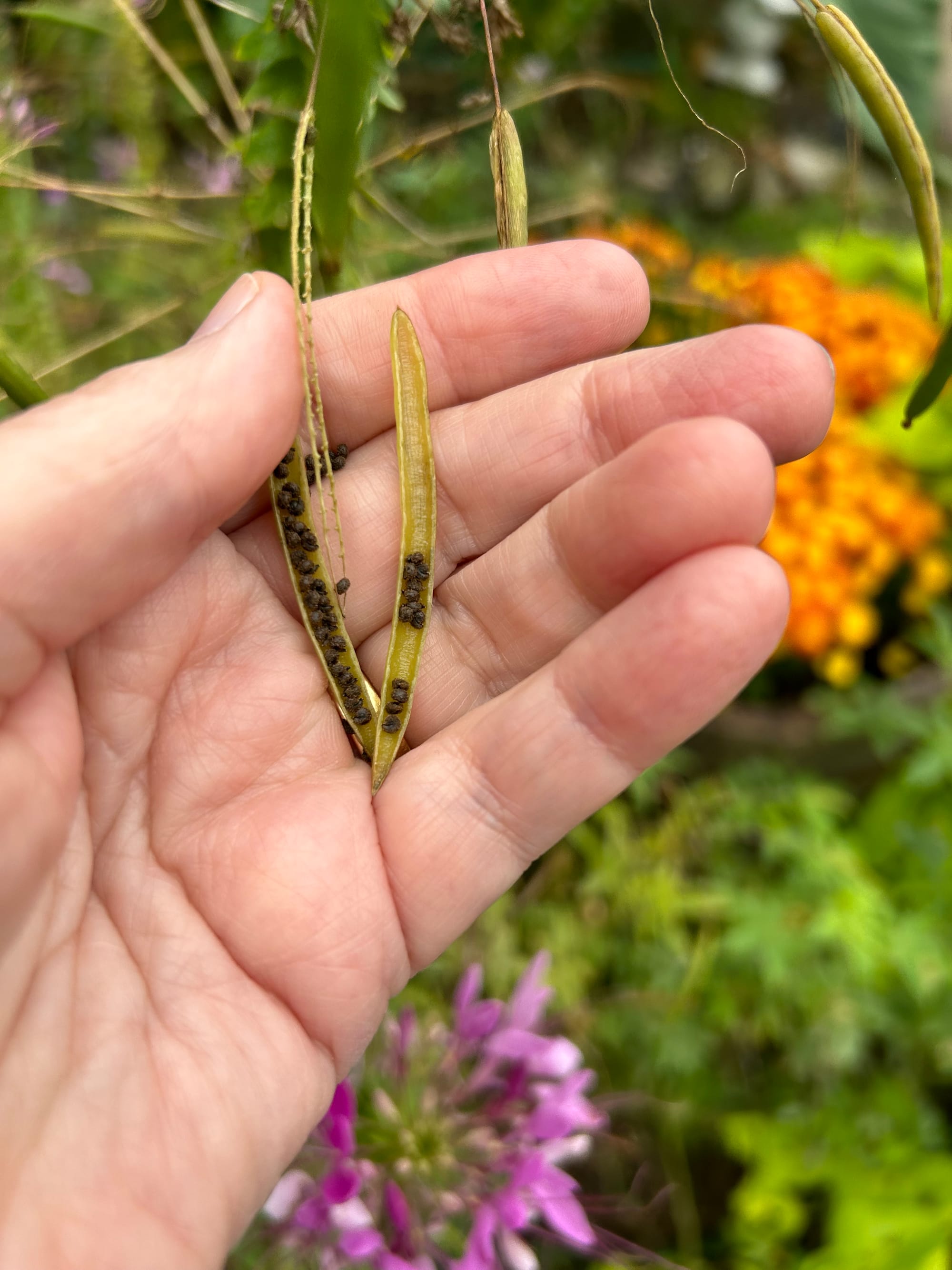Table of Contents
With the second gardening season upon us, following are some topics to consider for the fall in our gardens. These topics come from a class I recently taught, and are only summaries of important topics. Take advantage of this nice weather to properly care for your gardens and keep them healthy and beautiful.
To Cut Back or Cut Not
Often we and our contractors are too aggressive in cutting perennials back so we can have clean gardens for the winter. In fact, all that organic material should just be left in the garden, even the cuttings.

Many perennials have low (basal) leaves that are best left, and one to two inch stems are important winter habitat for insects. Slowly, we are accepting the idea that leaving healthy plants alone is often the best practice, but this is a plant-by-plant decision. Check out this great article by Xerces.org.
Planting
This is the best time of the year to plant; the only challenge is finding healthy plants in the nursery. There’s a lot to choose from but not as much as in the spring. Perennials that look rough, but are green, are great to plant, just be a little cautious with woody shrubs and trees that may have been in the nursery all season.
Nurseries do a good job of bringing in some fresh plants in the fall. Get out there now while your choices are good and the Fall season to establish in your garden is long. Hit the Grow Native Pop-Up Market in Cambridge and Concord in the coming weeks.
Transplanting and Dividing
Hopefully you’re already taking advantage of this cooler weather to divide and transplant this fall. Division is the easiest way to create more plants (perennials and some shrubs) that you like in your garden. Some plants require division to thrive, including irises, daylilies, many grasses, astilbe, and phlox.
Collect & Shred Leaves
I have been on this soapbox before. Organic material in your gardens is a zero-sum game. The more you take leaves, grass, cuttings, etc. from your garden, the more you need to add back. Return as much of your leaves to your garden as possible.
Try the “Garden Mullet” method: Clean up the front of the beds and leave the back alone. Just leave them in back areas of your garden, or use your lawnmower or a shredder to break down and return immediately. I have recommended MacKissic products to a number of clients.
Collect Seeds
Learn about the plants you’re growing, and start to collect seeds (not all plants create viable seeds.) Either spread them in other areas of your garden or bring them inside to dry and store in your refrigerator to sow over the winter. I will be skulking around a few client’s gardens looking for seeds to grow for my plant giveaway next spring. This indoor winter growing keeps me out of trouble during the colder months.

Clearing Dead and Diseased Plants
I mentioned cutting back plants earlier, and it is critical early in the fall to identify any diseased plants and cut them back before leaves fall and disease can enter the soil. Plants like peony, bee balm, phlox, rose, coreopsis, and delphinium are just a few that are best cut back early.

Soil Testing and Amending
Another of the many soapboxes that I like to get on. If you don’t know the nature of the soil in your ornamental and vegetable gardens, how can you be successful with your plants? Try using the UMass Soil Lab to test your soil. I do a lot of garden testing with clients, but haven’t done my own lawn in years.
I thought that my organic program with calcium, organic fertilizer, and natural humates was enough. Just found out that my pH is 5.5 and I have low organic matter, among other things. Embarrassing to say the least. Just because you think you’re doing things right, a test will help verify and inform. I am more than happy to help walk people through this process.
Protect From Cold and Critters
If you have new evergreen shrubs or transplants, Wilt-Pruf is a great product to provide a little protection from cold winters. And it can also be used to protect marginally hardy plants from the cold. Natural pine resin provides a protective layer. Be sure to read instructions for timing and plants with which to use.
We have been living with rabbits and deer for years, and you should be learning their habits and timing in your yard. As fall turns to winter, their food sources become sparse and their munching habits change. Try to get ahead of them, before you find your plant decimated with the changing seasons. There is a big shift going into and out of winter. Anticipate rather than respond. Damage to roses because you didn’t cage or spray can’t be easily undone.
Planning for the Future
Now is the time to take pictures in your garden so that you can spend the winter months planning for the spring. I think the best time to re-think or redesign is winter when you are not tempted by the new, flashy plants in the garden center or those being given away by friends. Take a space or bed in your garden and put some proper discipline to rethinking it, or decide to redesign your whole back yard from patio to plants.
Reed Pugh works to help people get the most from their gardens as a horticulturist, educator, designer and gardener, with his company Barking Dog Gardens.









